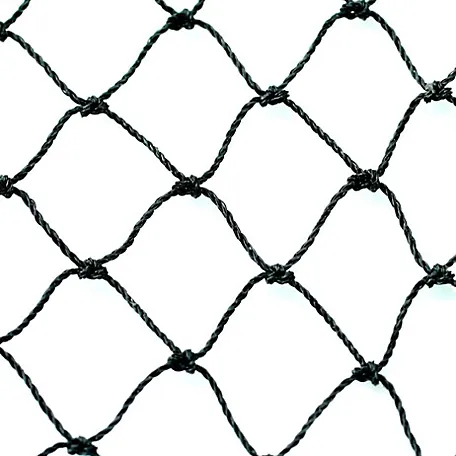insect mesh cage
The Benefits and Uses of Insect Mesh Cages
Insect mesh cages are innovative structures designed to provide a controlled environment for various insect species while protecting them from predators and the external environment. These cages are particularly important in the fields of entomology, agriculture, and horticulture, where the study and utilization of insects play a crucial role. This article explores the benefits and uses of insect mesh cages, emphasizing their significance in scientific research and sustainable agriculture.
Understanding Insect Mesh Cages
Insect mesh cages are typically constructed from a durable, fine mesh fabric that allows air and light to pass through while preventing insects from escaping or entering. The mesh is designed to be fine enough to keep out small pests yet allows for adequate ventilation and sunlight, which are essential for the health of the insects inside. These cages can come in various sizes and shapes, ranging from small containers for individual insects to large enclosures suitable for colonies or multiple species.
Benefits of Insect Mesh Cages
1. Protection from Predators One of the primary advantages of using insect mesh cages is the protection they provide against predators. Insects such as butterflies or bees are often preyed upon by birds and other larger animals. By housing them in a secure mesh cage, they can thrive and multiply without the constant threat of predation.
2. Controlled Environment Insect mesh cages allow researchers and hobbyists to create a controlled environment for the insects they are studying or cultivating. This control extends to temperature, humidity, and air quality, all of which are essential factors for insect health. Such controlled conditions facilitate better breeding and growth rates.
3. Ease of Observation For entomologists and insect enthusiasts, observing insects in their natural behaviors is crucial for study. Mesh cages allow for easy viewing, enabling researchers to monitor activities such as mating, feeding, and larval development without disturbing the insects. This observation can lead to valuable insights into insect behavior and ecology.
insect mesh cage

4. Facilitation of Pollination Studies In agricultural practices, insect mesh cages are commonly used to study the pollination efficiency of various insect species, particularly bees. By enclosing certain plants within a mesh cage, researchers can observe how different variables affect pollination rates, leading to improvements in crop yields.
5. Disease Control In the realm of agriculture, insect mesh cages can help mitigate the spread of pests and diseases. By isolating certain plant species from external threats, farmers can prevent insect-borne diseases from spreading, reducing the need for chemical pesticides and promoting healthier crops.
Applications in Agriculture and Horticulture
Insect mesh cages are widely used in agriculture and horticulture for several applications. They are commonly employed in the cultivation of beneficial insects, such as ladybugs and lacewings, which are natural predators of pest insects. By creating a habitat that promotes the life cycle of these beneficial insects, farmers can enhance their pest control strategies naturally.
Furthermore, insect mesh cages are beneficial for growing certain fruits and vegetables that require pollination. For example, crops like tomatoes and zucchini can be enclosed within these cages to ensure that pollination occurs efficiently, leading to better fruit set and higher yields.
Conclusion
In conclusion, insect mesh cages are essential tools in both scientific research and sustainable agricultural practices. They offer numerous benefits, including protection from predators, controlled environments for optimal growth, and effective observation of insect behavior. As the importance of insects in ecosystems and food production becomes increasingly recognized, the use of these cages will likely expand, supporting both biodiversity and agricultural productivity. By harnessing the potential of insect mesh cages, we can foster a deeper understanding of these fascinating creatures while promoting more sustainable and efficient practices in agriculture.
-
The Versatility of Stainless Steel Wire MeshNewsNov.01,2024
-
The Role and Types of Sun Shade SolutionsNewsNov.01,2024
-
Safeguard Your Space with Effective Bird Protection SolutionsNewsNov.01,2024
-
Protect Your Garden with Innovative Insect-Proof SolutionsNewsNov.01,2024
-
Innovative Solutions for Construction NeedsNewsNov.01,2024
-
Effective Bird Control Solutions for Every NeedNewsNov.01,2024












